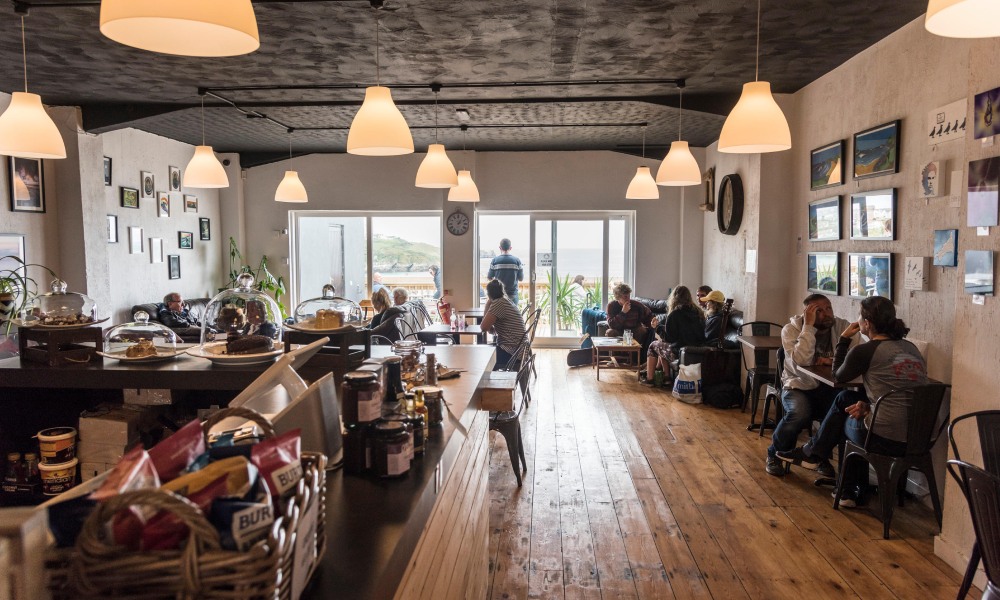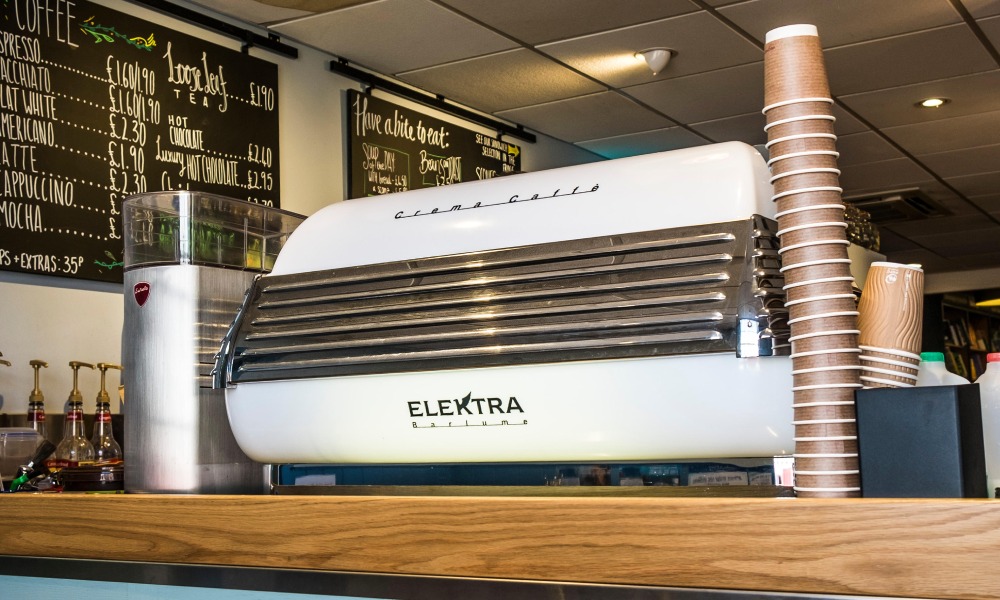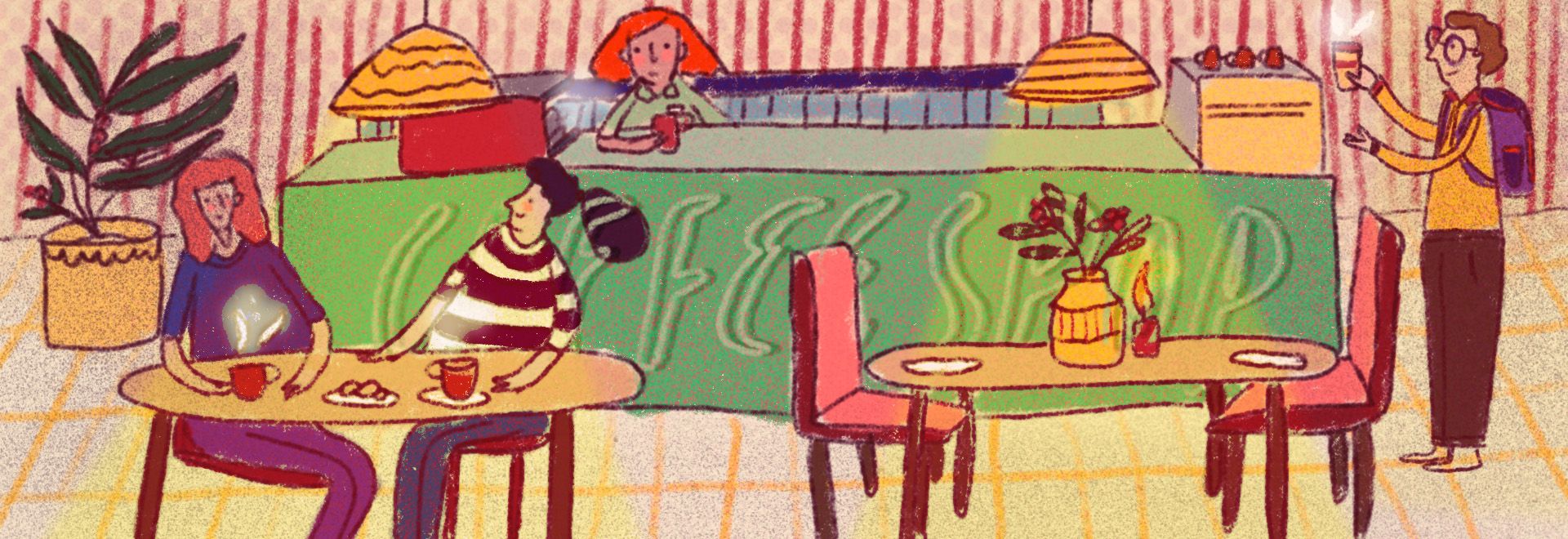Why we must accept higher prices if coffee shops are to survive
Institute of Coffee director and AST Trainer, Jon Townsend, discusses why consumers must take a more sympathetic approach to price rises at their favourite coffee shops.
At times, it is common to overhear the grumbles and abjection of a café customer criticising the price of their coffee. Perhaps this thought has crossed your own mind while comparing prices between different shops in your area. “How can someone charge so much for a coffee that takes only a couple of minutes to make,” it could be remarked.
The price of coffee is indeed going up – and it’s about time.
Imagine a coffee farmer who wakes up each morning to journey into the heart of their crop, sometimes on an arduous mountainside among Earth’s elements, to pick coffee cherries.
Inside the picked cherries lay two seeds, widely referred to as coffee beans for their appearance. It takes around 50 coffee beans to produce a single shot of espresso. That means the farmer would need roughly 25 cherries to provide the consumer with just one drink on any given day.
If you consider that, in the UK alone, more than 98 million coffees are consumed each day, you start to build an idea of the colossal task coffee farmers across the globe face, as they strive to keep up with demand.
However, if coffee farmers are paid for the amount of coffee they deliver (often to the cooperative), it would not be remiss to pick unripe fruit to ensure guaranteed pay that day. The alternative is to lose out on essential earnings for themselves to live a sustainable life.
Yet when the average earning for a coffee farmer is less than a dollar per pound of coffee (or approximately 10% of the drink price at the coffee shop), this is rarely a feasible option.

Thankfully, the emergence of a specialty coffee movement has helped thousands of coffee farmers become less dependent on the volatility of global prices, being rewarded for quality instead of quantity alone. But the vast majority continue to rely on the commodity market and all are affected by the worsening climate crisis.
Indeed, with the growing impact of climate change, it will be harder each year for farmers to produce the same amount of coffee at the same price. Brazil, for example, has seen unprecedented temperature changes, with devastating outbreaks of frosts destroying huge swathes of coffee plants.
Due to these large shifts across the world, there is a case within the coffee chain to start increasing prices, ensuring farmers and each person in-between are paid enough to survive.
An already tortuous time for coffee consumers, given how our coffee habits have changed since the arrival of Covid-19, has meant we’ve learned to make better coffee at home and skip the queue at our local coffee shop. When we change our own habits, especially around the way we drink our coffee, it has a knock-on effect for the rest of the supply chain.
Regrettably, this means coffee shops across Europe have struggled to break even – the amount of money needed to pay the bills just isn’t there. You might have noticed this pattern over the past two years.
Repeat business and regular customers keep a coffee shop alive. For us, it might not feel substantial to skip buying five coffees a week, but those numbers build up over a whole year. If 10 to 20 regular customers don’t frequent their local shop, it’s the difference between being open and having to close permanently.
If you pay £4.00 a day for your coffee and buy five coffees a week, that costs a total of £20 per week. If 20 people stopped drinking in a coffee shop that would equate to a loss of £400 a week, or £1,600 a month, just through coffee sales alone.
This is the difference between being able to pay a member of staff a living or minimum wage. It is important to register that, ultimately, staff retention hinges on a monthly payslip. It may sound obvious, but without this support there lies a growing concern that businesses will be unable to pay their baristas.
This is just one example of the necessity to increase the price of coffee. The domino effect, caused by the conflict in Ukraine, has led to the price of electricity climbing at considerable rates. As a result, both consumers and coffee shops are struggling to pay the bills.
It takes a lot of electricity to run a coffee shop. From lights, fridges and freezers, to grinders, coffee machines, ice machines and tills, electricity is fundamental. As you read this, decisions are being made by shops: will they choose between paying their own suppliers or running a coffee machine for the entire day? It is a tough choice and through this struggle, they must decide what will work to keep the shop open and the staff paid.

Another key aspect attributing to the rise in prices is inflation. In the UK, the Living Wage Foundation has calculated that for staff to have a reasonable living standard they should be paid £10.90 across the UK and £11.95 in London.
This has recently increased from £9.50 and £10.85 respectively. In the coffee chain, there are increased prices of materials, such as packaging for takeaway cups and shipping costs to transport the coffee from point A to B. Wherever you look, prices are soaring, and it’s unlikely they will be coming back down.
On the hunt for solutions, coffee shops are introducing automation to the workflow. By installing high-end bean-to-cup machines with the capability to produce a first-rate drink, a barista’s role is redefined.
If used correctly, these can be paired well to allow baristas to spend more time with their customers, creating a better and more welcoming hospitality experience overall. The benefits of these methods are partly solving issues with staff retention, offering reliability to a coffee shop functioning and mitigating the cost of staff.
Slowly but surely, automation is growing in the sector and as financial pressures increase, so will the need for automation. It can be a tool to aid the barista, rather than replace them.
It’s easy to forget or ignore how much effort goes into making a single drink in your local coffee shop. Given how busy our lives already are, we’re all at fault. If the cost of your coffee is increasing, consider this as a reminder to look beyond the time taken to make your drink and see it for the whole process.
A cappuccino takes more than two minutes; it’s an extensive journey that begins at the industrious farmer picking cherries and ends with the quick exchange of a coffee cup across the counter. Our habits and the way we buy coffee are changing forever. And it’s time we paid the right price for it.







